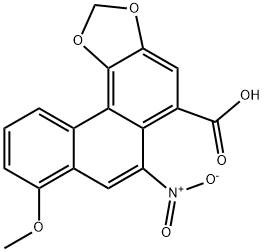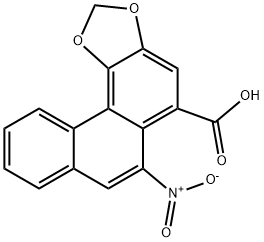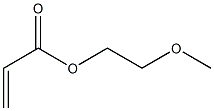PRODUCT Properties
| Melting point: | 260 °C |
| Boiling point: | 476.92°C (rough estimate) |
| Density | 1.3162 (rough estimate) |
| refractive index | 1.4500 (estimate) |
| storage temp. | 2-8°C |
| solubility | DMSO: soluble |
| pka | 2.99±0.20(Predicted) |
| form | powder |
| color | yellow |
| InChIKey | LIDQMWRBMLSXLL-UHFFFAOYSA-N |
| CAS DataBase Reference | 313-67-7(CAS DataBase Reference) |
| IARC | 1 (Vol. 82, 100A) 2012, 1 (Vol. 82, 100A) 2012 |
Description and Uses
Aristolochic acid first appeared in Chinese medicine in the fifth century AD, while it was used to treat kidney and urinary diseases, as well as gout, snakebites, and a variety of other ailments. In many of these cases, aristolochic acid was just one of the main components of the salves. In the first century, aristolochic acid was first described as a composition of ingested medicine to treat symptoms such as asthma, hiccups, pains, and spasms.
PLA2 inhibitor
Safety
| Symbol(GHS) |   GHS06,GHS08 |
| Signal word | Danger |
| Hazard statements | H301-H340-H350 |
| Precautionary statements | P202-P264-P270-P280-P301+P310-P405 |
| Hazard Codes | T |
| Risk Statements | 25-68-36/37/38-23/24/25-45 |
| Safety Statements | 7-35-45-36/37/39-26-53 |
| RIDADR | UN 1544 6.1/PG 3 |
| WGK Germany | 3 |
| RTECS | CF3325000 |
| HazardClass | 6.1(b) |
| PackingGroup | III |
| HS Code | 29329990 |
| Toxicity | LD50 in male, female mice, male, female rats (mg/kg): 38.4, 70.1, 82.5, 74.0 i.v.; 55.9, 106.1, 203.4, 183.9 orally (Mengs) |





